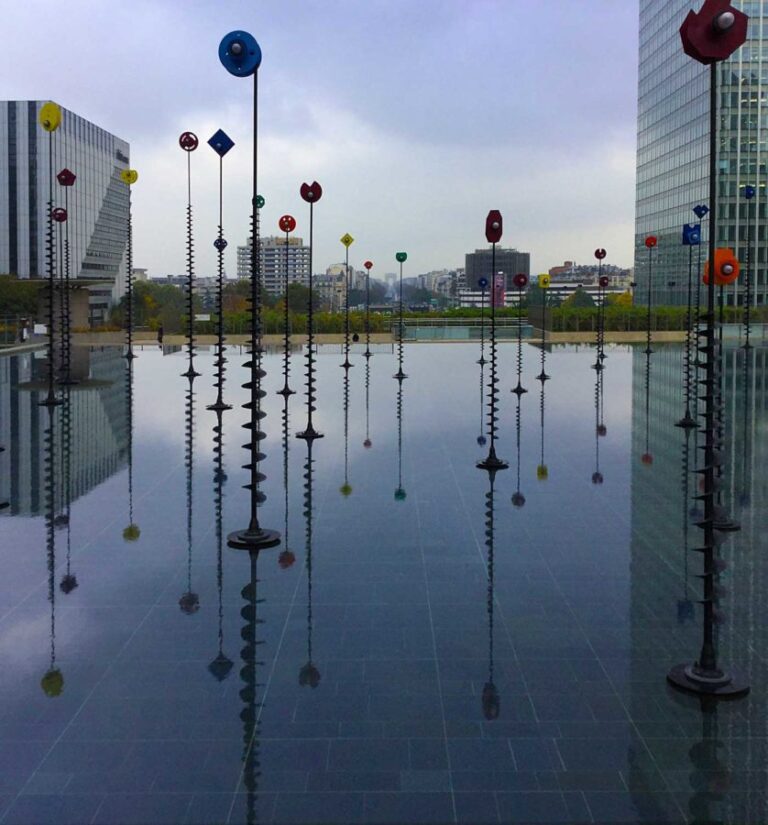After Takis’ passing away on 9 August 2019, and with his largest exhibition yet in the UK at Tate, it is important to know about the great Greek artist who changed everything about the way we conceive the sculpture of the second half of the 20th century today.
His Early Life
TAKIS is the nickname of Panayiotis Vassilakis, a very
interesting figure of the art world. He was born in 1925 in Athens and he was
the sixth out of seven children. His family was wealthy but lost everything
during the Catastrophe of Smyrna in 1922. Growing up, he found himself involved
in the political current affairs of the time: the dictatorship of Ioannis Metaxas
and the Occupation by the Axis powers, during which he participated, as a
leading executive of an organization of the National Liberating Front in the
Resistance and was imprisoned for 6 months.
During the Occupation, Takis expressed his artistic concerns. In 1952, he rented a small studio to use it as an atelier in Anakassa, Greece, along with the artists Minos Argirakis and Raymondos. His first pieces were busts made of clay and sculptures of wrought iron, inspired by the ancient Egyptian civilization and ancient Greece, as well as artists such as Picasso and Giacometti. In the same year, he created a sculpture, the Four Soldiers, and he participated in an international exhibition in Delphi. Two years later, disappointed by the situation in Greece, which he characterized as “a never-ending prison with a suffocating ambient, a spiritually dead zone”, he left for Paris.
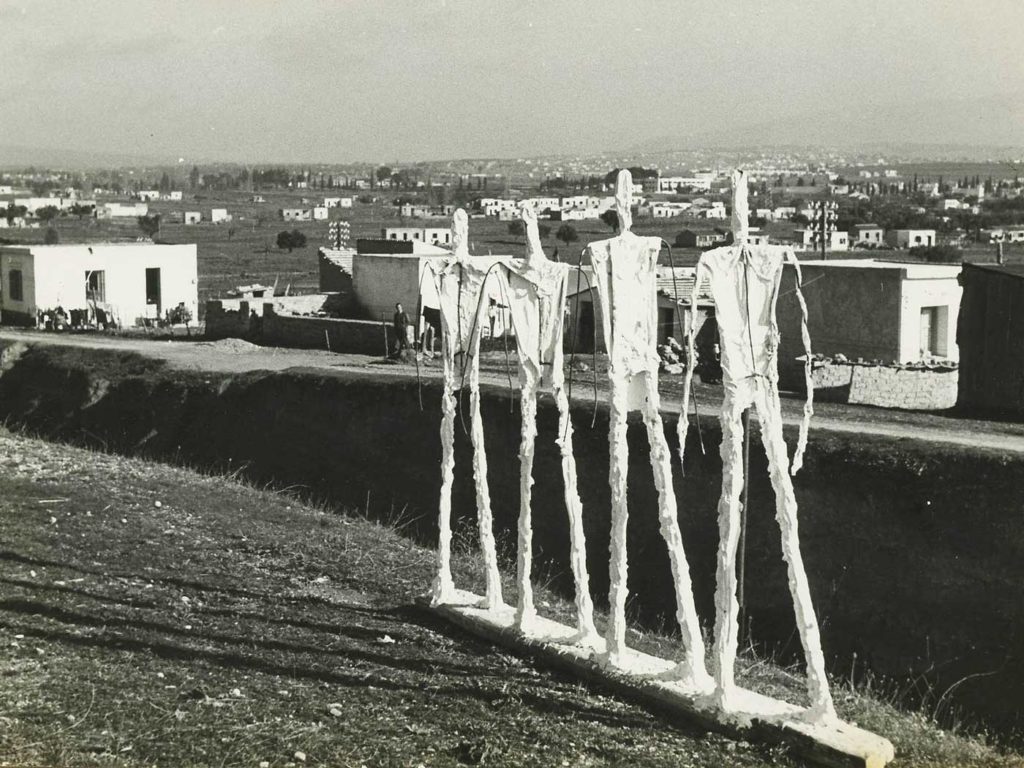
The Blooming of an Artist
In 1954, after his arrival in Paris, he joined the Brancusi atelier. For the next three years, he traveled and lived both in Paris and in London, where he made his first kinetic artworks. Impressed by the radars, the antennas and all the technological miracles of the time, Takis created his first Signals: thin and flexible poles, usually topped with found objects or flashing electric lights. It is worthy of attention that from the beginning of the 1950s he was searching for bomb fragments from the World War II at Gerovouno (Attica, Greece).
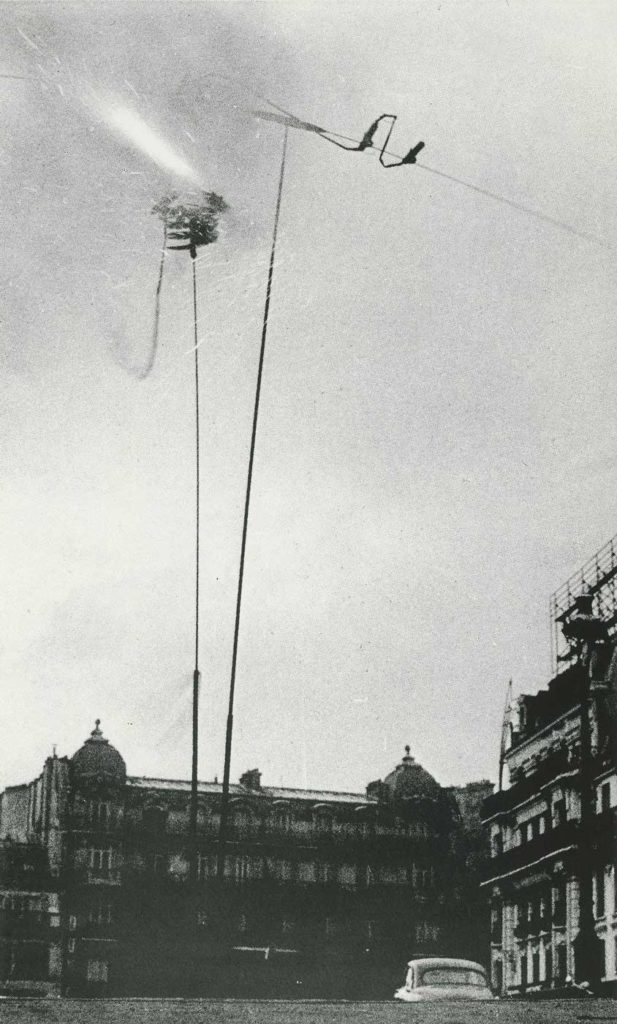
With his Signals (Signaux in French), he participated in performances in the streets of Paris with fireworks. His happenings are considered precursors of contemporary Street Art shows.
From that point on, Takis started experimenting with all elements of nature. He was especially fascinated by magnetism, the unseen force. Art critic Alain Jouffroy described those pieces as ‘telemagnetic’, in order to give emphasis on the use of technology so that the human perception is increased. He tested also electricity, sound and light, like other neo-realists artists of Paris in the 1960s. He was friends with radical artists like Yves Klein and Niki de Saint Phalle* (there are some works by Niki de Saint Phalle at the Takis Foundation in Athens).
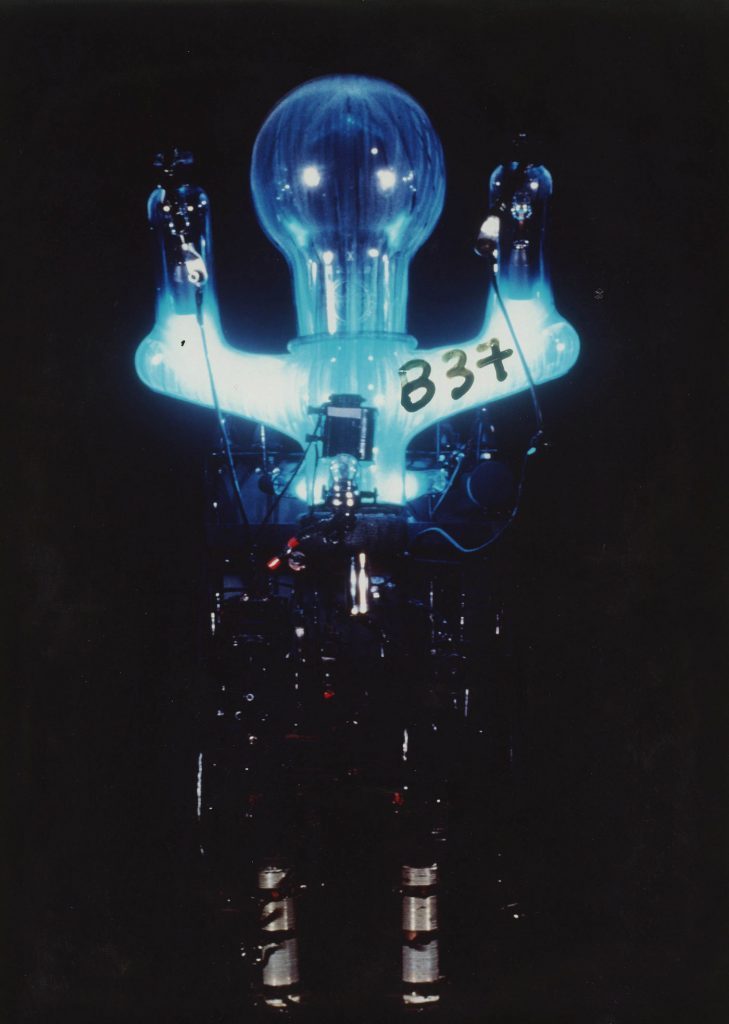
Because of his entourage and of course of his restless spirit, he continued to be deeply politicalized. In 1963, in London, he participated in the formation of the avant-garde gallery “Signals”, named after his homonym sculptures, by a group of young artists (including Guy Brett, curator along with Michael Wellen in the present exhibition at Tate Modern). It was one of the very few independent artistic spaces of the time. They focused on the relation between art and technology and the involution of the artist into politics, society and the art network.
In 1968, he co-founded the union of Art Workers
Coalition. Its purpose was to defend the rights of the artists against the
exploitation by art galleries, curators and museums. His frustration against
this whole system was so big that he swooped in to MOMA in New York and
violently removed one of his pieces because it was on display without his permission.
This symbolic action became a first-page story in New York Times.
During the same period, he received a scholarship from the MIT Center for Advanced Visual Studies as a visiting researcher. His research on the hovering liquid due to electromagnetic forces became his source of inspiration for Hydromagnetic Sculptures, some of which can be found in his museum. He was also inspired by Marcel Duchamp and he created an hommage to him.
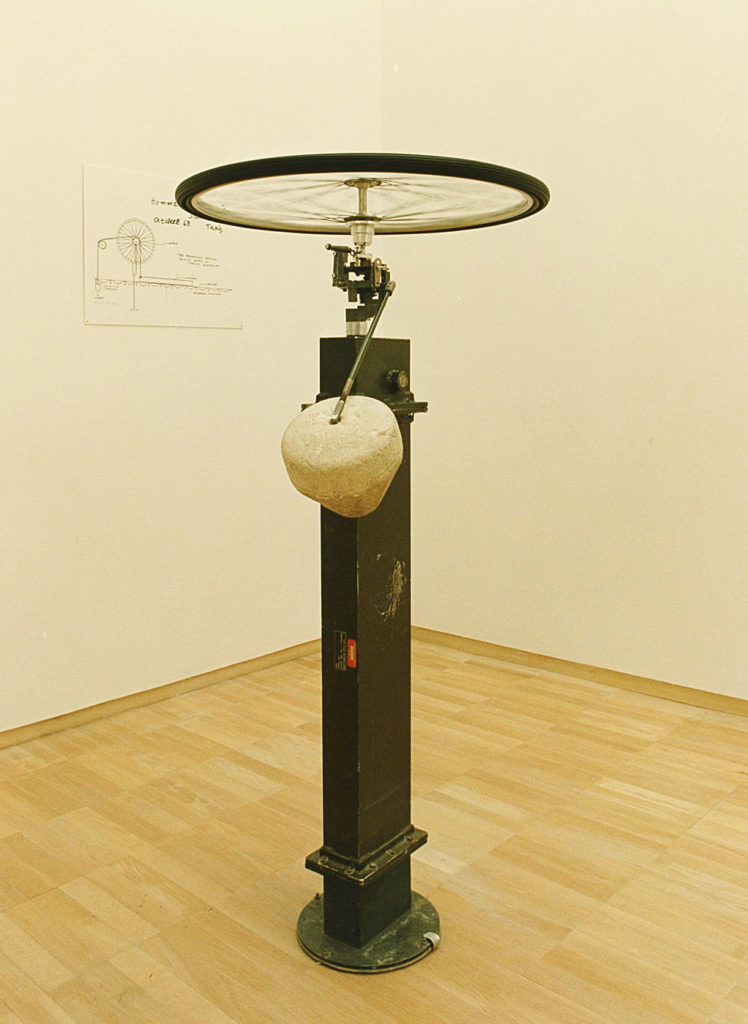
Hommage to Marcel Duchamp, 1968. Courtesy of TAKIS Foundation Archives.
In 1974, he returned to Paris and began his Erotic sculptures. The landmark of this series is Saint Sebastian: a statue made of cast brass. In his torso, several magnets are hidden, which attract certain needles looking like arrows, whereas the distinctive part of the piece is the erection. Some say that it is of the finest nudes in the history of the 20th century sculpture.
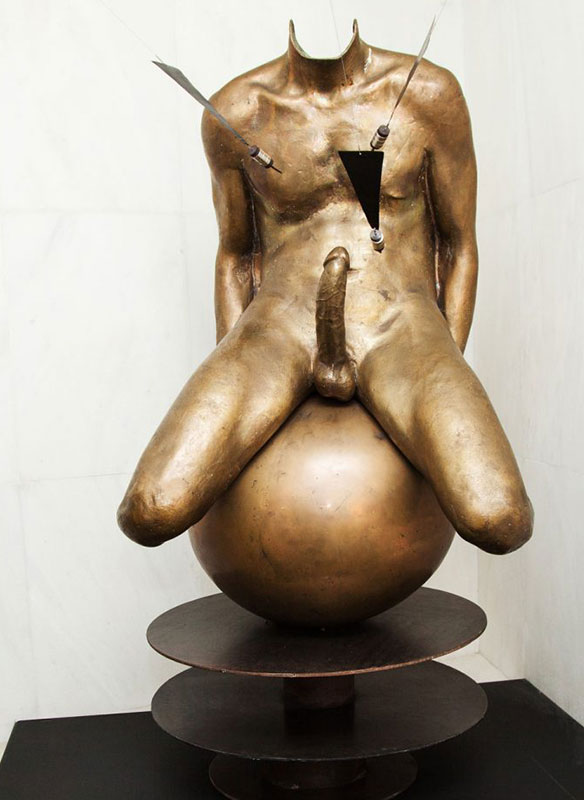
Returning to Greece
In the 1980s, he returned to Greece. In 1986, he founded the Research Center for the Arts and Sciences at Gerovouno. The official inauguration took place in 1993. In 1995, he participated in the Biennale in Venice, where he represented Greece. However, instead of putting on display his work inside the booth, he displayed it outside, claiming to be a cosmopolite by conviction.
In 2001 he was awarded by the Department of
Sustainable Sources of Energy of the European Council for one of his inventions.
He used barrels in which he put a certain type of battery that absorbs solar
energy and transforms it to electricity. According to his research, a house of
50-60 square meters could function autonomously, using these barrels.
The barrels can be found in his garden, in Gerovouno. They have a strong symbolization: the barrel as an object has been identified with oil and oil wars. Takis used it to prove that good can come from something negatively portrayed. In his Magnetic Manifest in 1960, he stated: “I wish to see all the nuclear bombs of the world be transformed into sculptures”. In the same sense, he used World War II bombs as objects at the top of his Signals.
His most recent work is the Mirror of My Soul or Hommage à John Lennon. He created in 2017. It is a table with magnets and glossy finish. Probably it is the only piece that does not have Takis’ characteristic matte finish. John Lennon was a huge fan of Takis back at the time. In an interview for the Rolling Stone (which is at the archive of the Foundation), John Lennon said that he met Yoko Ono in one of Takis’ exhibitions.
In January 2019, he was declared emeritus doctor at
the Athens School of Fine Arts.
Takis tried to – and succeeded – to create a new kind
of world art, searching for something that would emerge energy over form.
Through his art, he made the invisible elements visible. Up to this day, he
believes that art and science have been vulgarly commercialized. It is
necessary to mention that Takis is an artist by conviction; he did not study in
any university because he considered them carriers of mind control.
The Exhibition at Tate Modern
The exhibition is from July 3 to October 27th. On November 21, it will move to the MACBA Museu d’Art Contemporani de Barcelona and in May 20 (2020) to the Museum of Cycladic Art in Athens. It is Takis’ largest solo exhibition in the UK, including 90 works of art. The exhibition is organized into three sections: Magnetism and Metal, Light and Darkness, Sound and Silence, corresponding to the pieces.
Many loaned pieces from their collections to Tate for the exhibition: 25 come from the Takis Foundation. The rest are from the permanent collections of Tate Modern, George Pompidou Museum in Paris, Fondation Louis Vuitton in Paris and numerous private collections.
*Here you can check out the Nana Sculptures by Niki de Saint Phalle
